The US Federal Reserve’s aggressive measures to curb soaring inflation have shown promising results, with inflation dropping from its peak of 9.1% in June 2022 to 3.7% as of today, Monday. Despite a series of 11 interest rate hikes since March 2022, the fastest pace in decades, the unemployment rate has remained relatively stable at 3.8%, according to a report by CNN’s Julia Chatterley.
The Federal Reserve initiated these measures in response to last year’s highest inflation spike in four decades. Economists had predicted that higher interest rates would lead to reduced spending and job cuts, potentially pushing unemployment as high as 7%. However, the reality has been different, with the economy showing unexpected resilience.
This resilience is attributed to several factors. One key factor is the replenishment of supplies which has helped cool inflation. Economists believe that supply disruptions due to the pandemic and Russia’s invasion of Ukraine played a significant role in boosting inflation. As these disruptions are resolved and supplies increase, inflation has started to ease.
Another contributing factor is the change in the job market. Since the Fed began raising rates last year, about 3.4 million people have started looking for work. This influx of job-seekers has brought the labor market into better balance, reducing pressure on companies to raise wages to attract and retain workers.
Moreover, households and businesses have continued to spend despite high-interest rates. This is partly due to the significant savings from stimulus checks and enhanced unemployment benefits received during the pandemic.
The Fed intends to keep borrowing rates at a peak well into 2024. However, if current trends continue, it may achieve a rare “soft landing” – taming inflation without triggering a deep recession. Such an outcome would be far different from past inflation spikes like those in the 1970s and early 1980s.
Last week, the Fed’s policymakers revised their economic projections to show core inflation amounting to 2.6% by the end of next year, down from 4.2% now. At the same time, they expect unemployment to rise slightly to just 4.1%, lower than their June forecast of 4.5% for 2024.
In parallel, the latest US jobs report reveals that 187,000 jobs were added to the American economy in August, slightly better than expected. This indicates that despite the Federal Reserve’s measures, the job market remains robust.
This article was generated with the support of AI and reviewed by an editor. For more information see our T&C.
Read the full article here

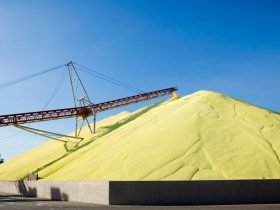



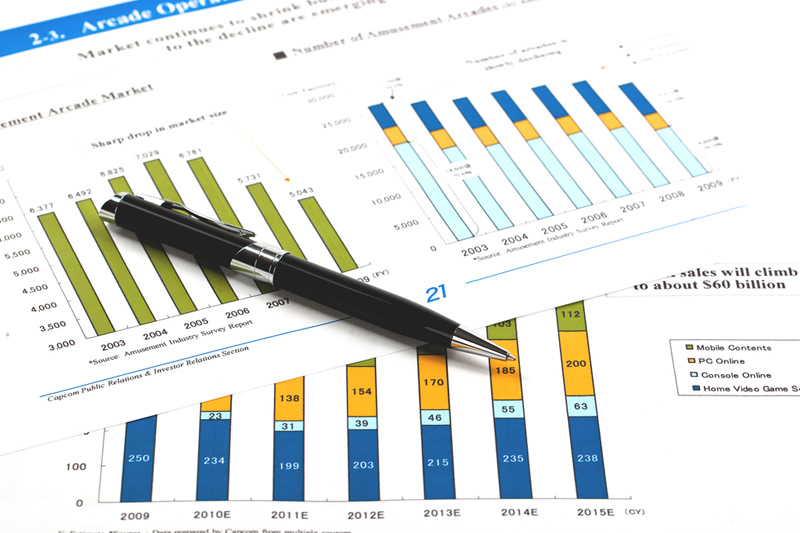
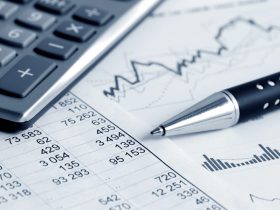

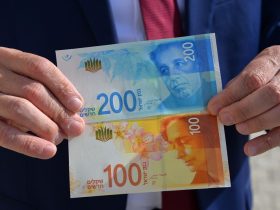
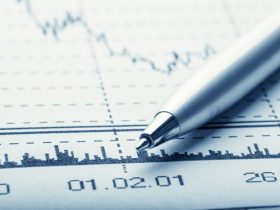
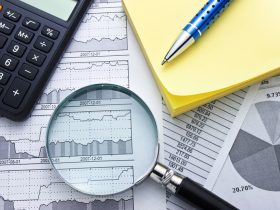
Leave a Reply